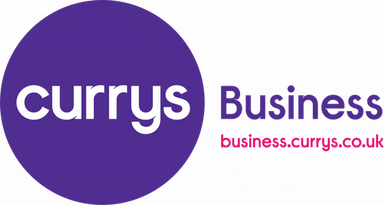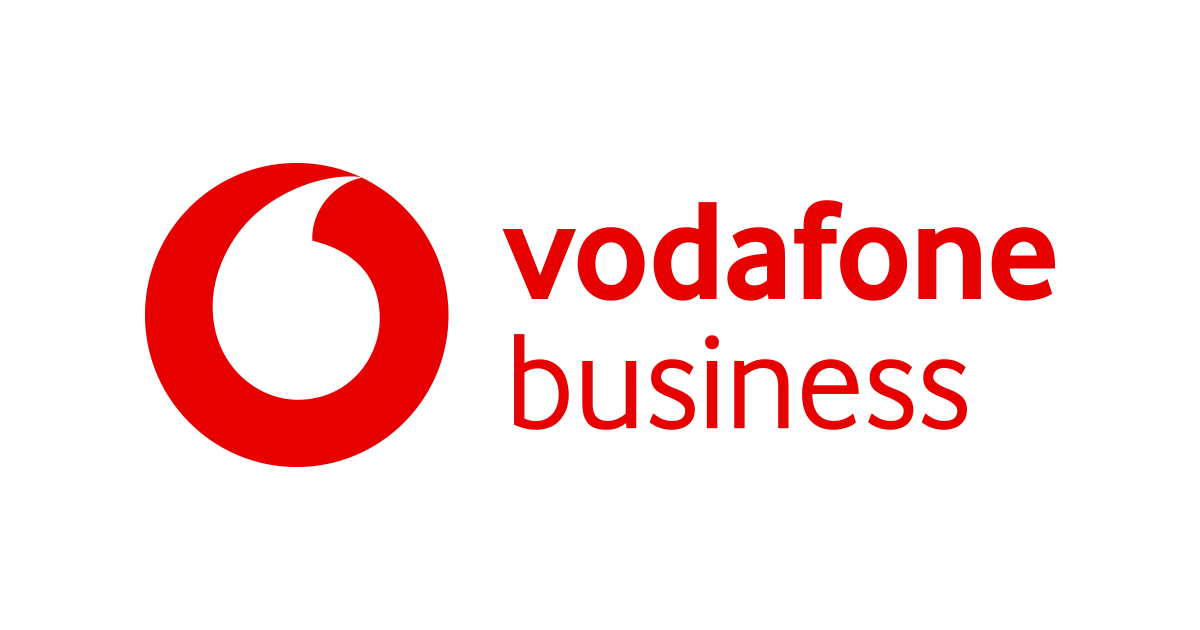Worried that you’re spreading yourself too thinly when it comes to your marketing efforts? One way to streamline your workload is to make sure you’re only focusing on what delivers results.
When you’re running a startup or side hustle, efficiency is the name of the game. It’s tempting to be on every platform to ensure as much visibility as possible, but when you’re a small and time-poor team with limited budget, it’s unrealistic to expect that you’ll be able to maximise every channel.
Marketing metrics are a handy way to track the performance of your activity, so you can see what has the biggest return on investment (ROI) versus the channels you can ditch for the moment.
Which marketing metrics matter?
The first thing to consider is which metrics tie in with your main business goals and what you need in order to achieve them.
Increasing sales and revenue is the main goal for most businesses, so the temptation can be to just focus on conversions. However, it’s also worth thinking about which secondary priorities you have and where in the decision-making funnel they sit.
Do you want to grow your audience and potential customer base? In that case, it could be worth measuring the growth of your subscribers and social media followers, as well as new versus returning customers and website users.
Want to retain more customers, or increase spend per transaction? Post-purchase metrics such as reviews, revenue growth over time and spend per customer are useful to compare.
Metric themes to think about include:
- Awareness
- Conversion rate
- Customer spend/value
- Customer satisfaction/sentiment
Try not to come up with too many metrics to start off with, as you’ll end up overwhelmed with data. Stick to a couple of goals which really matter to your business, and you can tweak or build on these later.
Watch our free video course to learn how to create a video strategy which will help grow your social media following. Sign up here and we’ll send the three-part course straight to your inbox.
Setting your marketing KPIs
Once you’ve decided which goals to prioritise, you can set some Key Performance Indicators (KPIs) to measure them.
Awareness
Gauge which marketing platforms are doing the best job of spreading the word about your business by measuring:
- Social impressions: Reach on social media posts is a much vaguer measure, as it can mean potential rather than actual views.
- Social media engagements: Having a lot of followers is all well and good, but it’s more important to have a highly engaged audience than a large and disinterested one.
- Search ranking: Are you on the first page of Google for keywords associated with your business? It’ll be hard to rank for general, popular words, but think about what differentiates you from the competition. Make sure you’re mentioning that as much as possible on your website as well as in your social media bios and posts – it all goes towards your SEO ranking!
- Website traffic: It’s tempting to go with views on pages, but number of users (and returning versus new users) are the most useful metric here, as they’ll be the ones purchasing.
- Email subscribers: Email still tends to have the highest conversion rate, so make sure that it’s easy to register for your newsletter. Give people a reason to subscribe too, whether it’s exclusive offers, first-look releases or useful content.
Depending on which of these you want to measure and monitor, set a target for what you want to achieve and include a deadline. For example, it could be being in the top three results for a keyword on Google by the end of the year, or getting an extra 200 newsletter subscribers every month.
The timescales for each one have to be realistic for the amount of work involved; you can easily schedule in a bunch of social media posts to meet a target number for the month, but SEO takes months to yield results.
Sign up for our free video course to learn how to create effective videos for social media
Conversions
Once people are following you on social media, reading your emails or visiting your website, are they buying anything? If you set up your Google Analytics correctly, you can see where purchases have originated from, and if there are any common behaviours which you can focus on.
Google Analytics 4 allows you to create intelligent dashboards to learn even more about your customers. This includes which marketing channels are generating the most sales, and the lifetime value of a customer (how much they’ve spent with your business to date).
If you have an Instagram shop, you can also measure conversions in Meta Business Suite. Other websites and online shopping platforms will also offer their own analytics around conversions.
Again it’s important to set some specific targets here, which could be to get your conversion rate to a particular percentage, or getting the average spend to be a certain amount. Make sure to think about the timescales involved.
From this, you can decide which marketing channels are bringing in the most revenue and can be prioritised. You may decide to increase the frequency of your emails for example, or reduce the amount you post across social media to hone in on the one performing best.
Customer satisfaction
If one of your goals is to improve customer satisfaction and engagement, you can set some KPIs to look at different stages of the buyer journey.
A lighter touch metric than purchasing conversions is to measure ‘engagement conversions’ – click-throughs from social media and email to your website. This shows intent from your audience, so if they’re not buying after this point, it’s worth looking at what barriers to purchase there are. Is your website easy to navigate? Are you giving them all of the information they need to make them want to buy?
Website bounce rate, email unsubscribes and declining followers on social media can all be indicators that your content or customer journey isn’t working.
It’s not just about the route to purchase either – you should be nurturing your customers after purchase too. This can not only lead to greater customer retention, but also create advocates for your brand through word-of-mouth marketing or reviews they post.
Record and review
Make sure you’re regularly checking in on these KPIs and recording the results. Put time in the diary every month to check your analytics and sales data, and how those metrics are performing in line with your business goals.
Share the data with your team and discuss the performance so far. If some channels aren’t meeting your targets, talk about why and what could be done to improve them, but don’t be afraid to de-prioritise or shelve some activity for now and focus on what’s working.
You can come back to some channels in time, but as with everything when you’re a small business, focus on what offers the best value and results.
Give your business a boost by registering for a free business account with Currys Business. You’ll get access to over 30,000 products and peace of mind you’re getting the best deal out there.
Want to chat to someone about the best products for your startup? Speak to a member of the Currys Business team on 0344 561 6789.













